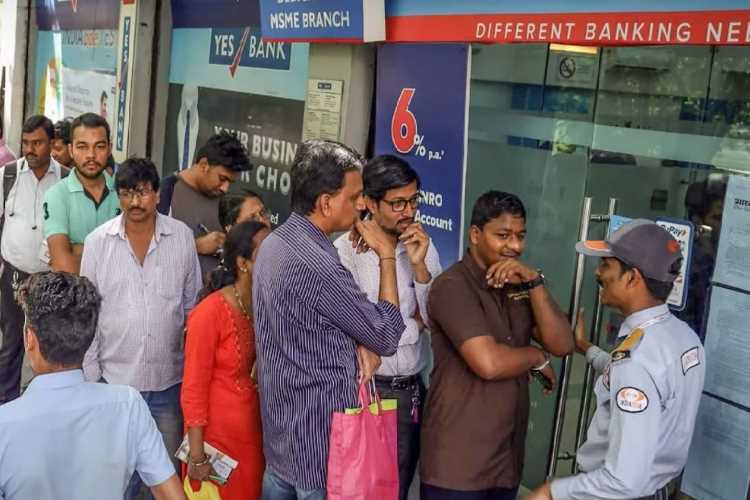
By Raman Aggarwal
NBFCs have been mandated to follow Indian Accounting Standard (Ind-AS) norms on provisioning for credit losses and these provisions are much higher than those mandated by the Reserve Bank of India. RBI guidelines on provisioning for restructured accounts require additional provisioning of 10%. Ind-AS norms require provisioning to be done for credit losses on historical average and own experience of respective lenders. Therefore, all accounts are adequately provided for. Therefore, the additional provisioning requirement may be dropped for restructured accounts for non-banking finance companies (NBFCs).
Currently, guidelines on one-time restructuring prescribe the customer account to be in 0-30 bucket as on the date, but exclude standard accounts in 31-90 bucket. (The numbers denote days past due date of payment by delinquent customers.) Given that the micro and small enterprises have uneven cash flows and were having viability issues even prior to Covid-19 outbreak, this scheme may be considered for all standard accounts in 0-90 bucket, so that more customers can benefit from it.
READ I Why RBI cannot ignore the food price dynamics while fixing policy rates
Liquidity for small and medium NBFCs
A press release issued by the finance ministry on August 17, 2020 states that only 90 NBFCs (22 NBFCs with bonds rated AA- and above and 68 NBFCs with bonds rated below AA-) have availed funding under the partial credit guarantee scheme (PCG 2.0). Small and medium NBFCs continue to face liquidity crunch. Here are some key issues:
Mode of borrowing
The small and medium NBFCs generally do not access capital market due to the complexities in compliances to various rules and regulations. As such, they do not issue bonds/ debentures (NCDs) or commercial papers and instead borrow by way of term loans from banks and FIs like SIDBI and NABARD secured against their receivables.
This single factor has ruled these companies out of contention for availing funding under the TLTRO 1.0 and TLRO 2.0 of the RBI and PCG 2.0 / SPL (special liquidity scheme) of the ministry of finance as all these schemes entailed investment by banks and SPV in bonds/ CPs issued by NBFCs.
READ I RBI must pause rate cuts to anchor inflation expectations
Tenure of loans
A vast majority of loans given by NBFC to MSMEs and individuals are for 24 to 48 months tenure. Therefore, NBFCs need to borrow for a similar period in order to maintain a healthy asset-liability match.
Currently, funding under the PCG 2.0 (including the government guarantees), SPL and the refinancing being done by SIDBI are all 6-18 months tenure. The tenure needs to be increased to at least 36 months for a healthy liability profile.
Need to have a refinancing body
Bank funding of small and medium NBFCs has been a challenge due to various reasons in the last two years. The tepid response to the TLTRO 2.0, which mandated banks to invest at least 50% of the stipulated amount in small and medium NBFCs, was a clear example of this. The need, therefore, is to reduce the reliance on banks and to have a dedicated refinancing body.
READ I Farm Bills 2020: Death warrant to mandis, end of small farms
In a report submitted in June 2003, the parliamentary standing committee on finance had recommended the setting up of a refinance institution for NBFCs on the lines of the National Housing Bank for HFCs. In June 2020, a World Bank Report suggested: “The post Global Financial Crisis (GFC) experience with large volumes of liquidity provision to the financial system by central banks is important.
It is critical to ensure that liquidity is not hoarded by banks which have the broadest access to the central bank liquidity windows and is spread widely throughout the financial system, including both to financial intermediaries and ultimate users of finance. Public DFIs serving as quasi-lenders of last resort to NBFCs can serve as highly relevant examples for India due to its large NBFC sector without a dedicated lender-of-last-resort window.” Under the circumstances, SIDBI and NABARD may be assigned this role.
(Raman Aggarwal is co-chairman, Finance Industry Development Council. This article is a reproduction of her views presented at the shadow monetary policy committee of EGROW Foundation, a Noida-based think tank.)
